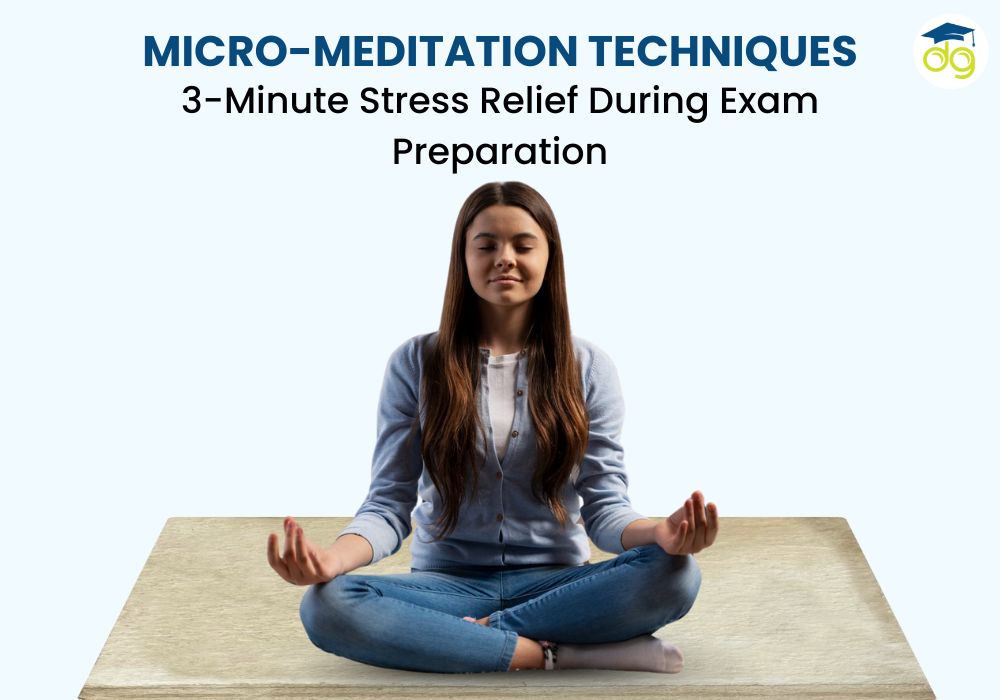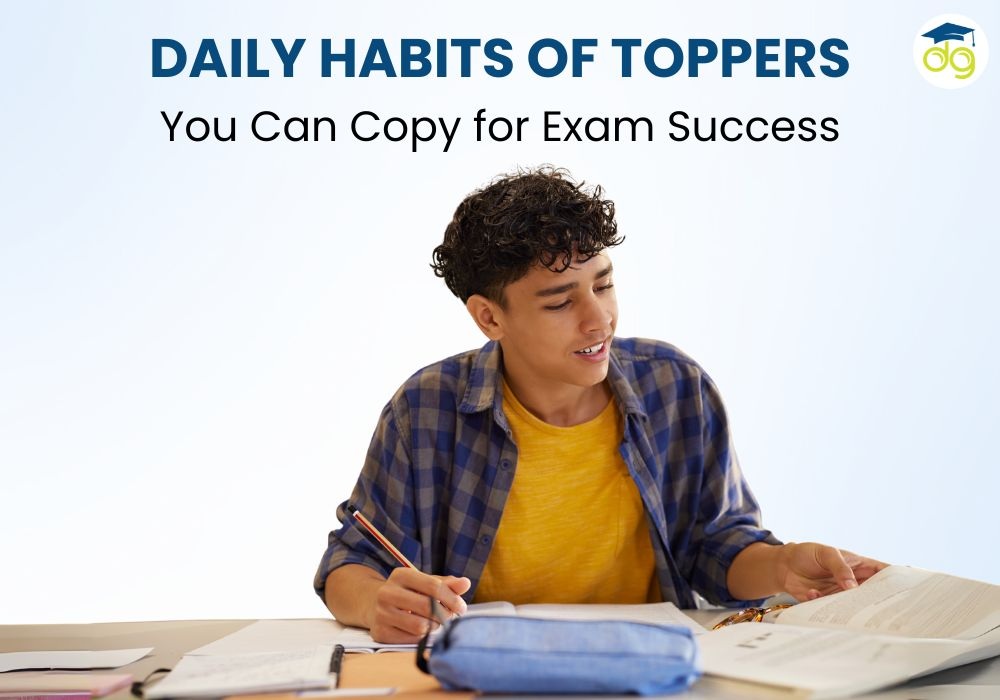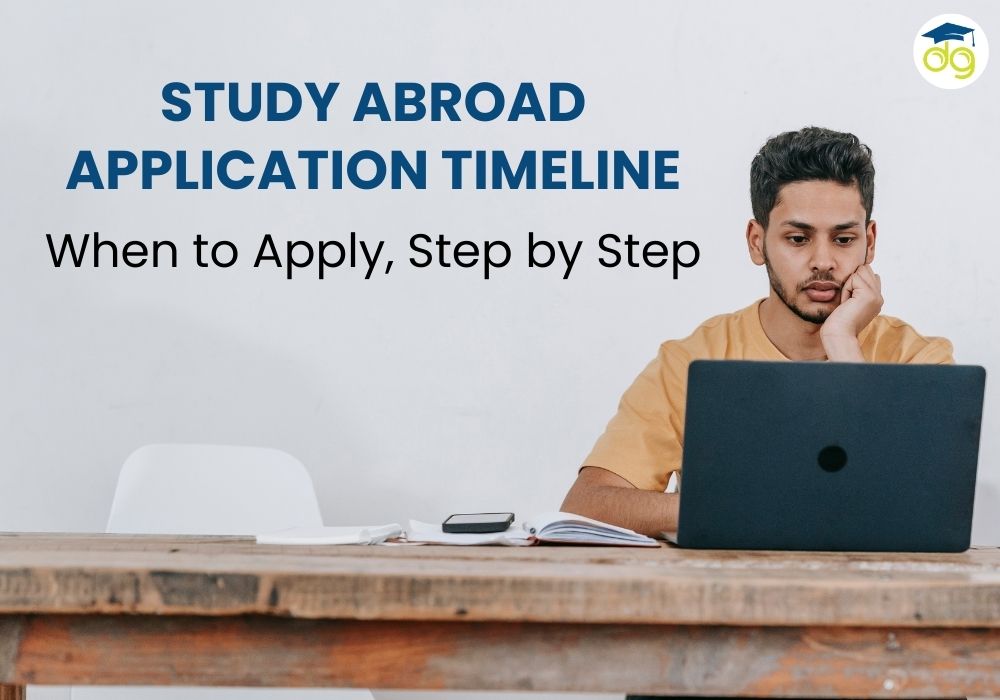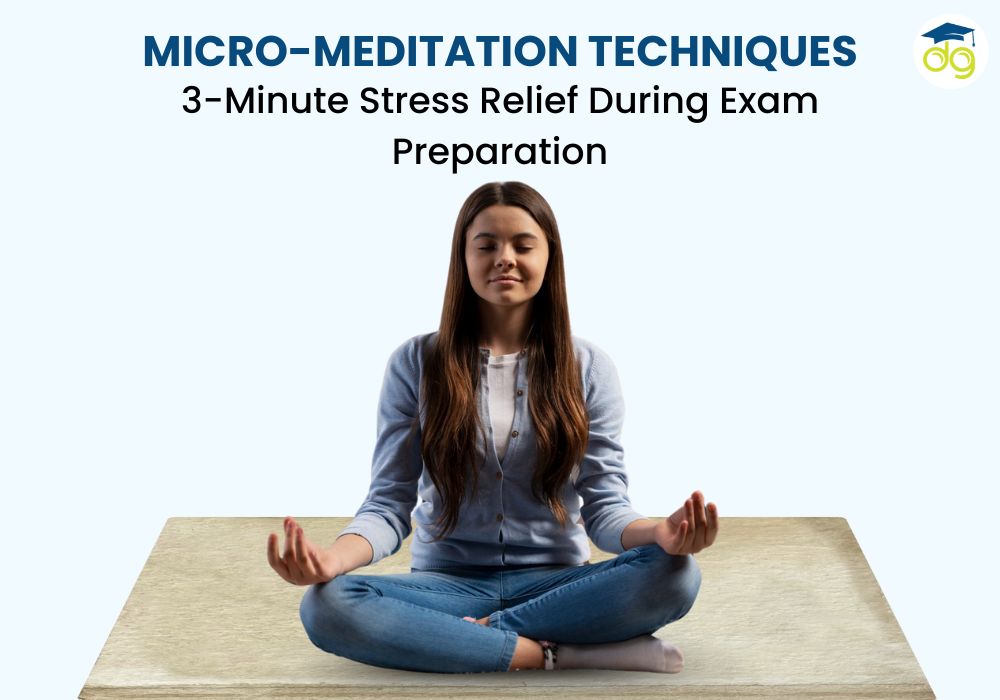Micro-Meditation Techniques for Exam Stress Relief in 3 Minutes
Boost focus, reduce anxiety, and improve memory with quick mindfulness
Exam time is a deadline marathon, notes, syllabi, and anxiety. Academic pressure is not the only kind of pressure for most students; it is emotional pressure too. Sleepless nights, missed meals, and a constant sense of nervousness become close buddies. In the midst of all of that, one exercise that's a gentle but helpful friend stands out: mindfulness meditation.
You don't require an hour of yoga session or a silent retreat in order to unscramble your mind. Even 3 minutes of micro-meditation would help relax your body and sharpen your mind's focus. Students all over India are now learning the advantages of such exercises, employing them as stress busters, as components of quick-fix methods, and as concentration boosters for studies.
And for young students who seek not just inner realisation but scholarly mentorship as well, Skoodos Bridge is a game-changer, connecting aspirants with the top-ranked coaching centres that resonate with their learning style, ambitions, and pace. Because an easy mind and quality mentorship together spell success.
What is Micro-Meditation and How Does It Assist in Exams?
Micro-meditation is the skill of doing short bursts of being present, pieces that take one to five minutes, smoothly woven into your study work routine. It's specifically for when time is brief but the thought needs to be clear.
Unlike lengthy meditation sessions that must take place in a supportive setting, micro-meditations can be skipped between subjects, recesses, or even seconds before sitting for an exam.
Why meditation is helpful?
Even a brief 3 minutes of meditation and breathing in 2023 was enough to lower cortisol (stress) and improve recall for memory, the American Psychological Association found.
Hence, short meditation practised on a daily basis can improve memory, mood management, and grades as well, faster than boiling of tea.
The Power of Mindfulness Meditation
Mindfulness meditation isn't about controlling your mind; it's about watching your mind without judgment. This awareness brings a peaceful distance from stress and lets your mind reboot naturally.
- Regularly practised, mindfulness can:
- Lessen anxiety and panic during exam time
- Enhance attention span and cognitive processing
- Support coping with exam-time emotional swings
- Increase overall mind relaxation and concentration
This is a brief comparison of how mindfulness is unique compared to typical relaxation techniques.
| Technique | Duration Needed | Stress Reduction | Improves Focus |
| Deep breathing | 3–5 minutes | 60% | Moderate |
| Mindfulness meditation | 3–10 minutes | 75% | High |
| Listening to music | 10–15 minutes | 45% | Low |
| Power nap | 20–30 minutes | 50% | Moderate |
Clearly, mindfulness meditation, even when practised in microdoses, delivers the highest benefit for the least amount of time.
Step-by-Step Micro-Meditation Exercises for Students
1. The 3-Minute Deep Breath Reset
It is the simplest stress-reduction technique and ideal for study breaks.
Steps:
- Sit comfortably with your back straight.
- Breathe in through the nose slowly for 4 counts.
- Hold your breath for 2 counts.
- Slowly breathe out for 6 counts through the mouth.
- Do this 6 times (3 minutes).
This breathing calms your heart rate and stabilizes your nervous system so that your body shifts from "fight-or-flight" to "rest-and-focus.".
2. The Thought Cloud Visualization
This relaxation technique for the mind comes in handy when your head is full to bursting with formulas, facts, and deadlines.
How to Do:
- Close your eyes and imagine all thoughts as clouds drifting down the sky.
- Don't engage with or judge them. Simply observe.
- Visualize them vanishing when you concentrate your mind on breath.
Within 3 minutes, your mind chatter subsides, and it is easier to learn with a clear, peaceful mind.
2. The Thought Cloud Visualization
This relaxation technique for the mind comes in handy when your head is full to bursting with formulas, facts, and deadlines.
How to Do:
- Shut your eyes and see every thought as a cloud passing in the sky.
- Don't react and critique them. Just observe.
- Picture that they're fading as you bring your attention to the breathing.
Within 3 minutes, your mind chatter subsides, and it is easier to learn with a clear, peaceful mind.
4. Mini Body Scan to Relax the Mind
Length: 3 minutes
Technique:
Begin in your head and make your way down, using one body region at a time: your forehead, jaw, shoulders, chest, stomach, and legs.
On every exhalation, intentionally release tension in that location.
This body scan meditation not only increases relaxation during the exam duration but also prevents burnout from sitting for long hours.
How Often Should Students Meditate During Exam Season?
Many students assume meditation must be done for long durations. But neuroscience suggests otherwise.
According to Harvard Health Publishing (2022), 2–3 short sessions daily yield better results than one long session. The trick lies in frequency and consistency.
| Session type | Duration | Best time to Practice | Expected benefits |
| Morning focus meditation | 3 minutes | Before starting the study | Enhances attention and retention |
| Afternoon refresh meditation | 3 minutes | During lunch break | Prevents mental fatigue |
| Evening calm meditation | 3 minutes | Before sleeping | Improves sleep and reduces anxiety |
This pattern not only builds a mindfulness habit but also helps you stay calm during exam preparation, no matter how stressful the schedule becomes.
Mindfulness and Concentration: How It Works
In its simplest form, mindfulness meditation trains the brain to acknowledge distractions without reacting. Through time practiced, this strengthens neural pathways for decision-making and attention.
Stanford University neuroscientists have found that 10 days of mindfulness meditation led to a 22% improvement in focus and an 18% reduction in anxiety rates during simulated exams.
The explanation can be found in how meditation redirects the brain: it fires up the prefrontal cortex (associated with logic and focus) and soothes the amygdala (the epicenter of stress).
That is, the better aware you are, the better you focus, the less panicked you become.
Blending Meditation into Your Study Habits
You need not schedule additional hours for meditation. The aim is to integrate it into your routine as comfortably as possible.
Here’s a sample study–meditation schedule many toppers use:
Time | Activity | Micro-Meditation Practice |
| 7:00 AM | Start of study session | 3-minute morning mindfulness |
| 10:00 AM | Mid-study break | Deep breath reset |
| 2:00 PM | After lunch | Five-sense grounding |
| 6:00 PM | Before evening revision | Thought cloud visualization |
| 9:00 PM | Before bed | Mini body scan meditation |
Following this kind of structure ensures steady focus and minimal burnout. You can adjust timing to fit your schedule, but consistency is key.
How Skoodos Bridge Works to Assist Students?
While one achieves internal attention through awareness, gaining the appropriate study setting offers directions from the outside world. That's where Skoodos Bridge is involved.
Skoodos Bridge assists students in contacting the best coaching institutions and learning portals according to their preparation requirements, whether for board exams, NEET, JEE, or competitive entrance exams.
It's a simple platform that grades colleges on curriculum power, faculty expertise, and student pass rates, so it's simple for future students to make a well-informed choice.
A peace of mind through mindfulness meditation and wise educational planning using Skoodos Bridge guarantees a balanced and effective strategy towards exam triumph.
If your preparation and mind work together in harmony, outcomes come naturally.
Is Meditation Effective in Lowering Exam Anxiety?
Indeed, many studies verify that even brief meditation periods drastically lower test anxiety.
Through placing you in the here and now, mindfulness reduces physiological symptoms such as a racing heart, damp hands, and runaway thoughts.
Example:
Three groups of students in Class 12 in Pune did 3-minute micro-meditations prior to mock tests for 14 days. Their average anxiety level decreased by 28%, and their memory recall by 17%. These findings demonstrate just how easy and effective micro-meditation can be for all pupils.
When Is the Optimum Time to Practice Mindfulness for Exam Preparation?
Early morning or just before studying is best. Your mind is in a better mood, and being alert during this time is a brain warm-up.
However, night practice also enhances the quality of sleep, such that well-consolidated learning in the brain is enhanced.
Most toppers employ both timings tactically, morning for concentration, night for sleep.
FAQs
Q1. What is micro-meditation, and how is it useful during exams?
Micro-meditation is a 1–to 3-minute stress relief mindfulness practice at the moment. It calms down students' minds, enhances concentration, and enhances memory capacity, best suited to handle pre-exam stress.
Q2. Does mindfulness meditation decrease stress in only 3 minutes?
Yes. Studies have also shown that even 3 minutes of mindful breathing can lower the levels of cortisol, so students are less stressed and more alert when they take tests.
Q3. How do I stay calm during test studying?
Practice some mindfulness in brief intervals of your study session, break often, and don't multitask. Keeping your environment peaceful and sleeping well also works wonders.
Q4. What are easy meditation techniques for students?
The simplest ones are the deep breath reset, five-sense grounding, and thought cloud visualization, which can all be done within less than 3 minutes.
Q5. How frequently should students meditate during examination time?
Ideally, 2–3 times a day before reading, after a break, and before sleep. Short and frequent sessions produce consistent concentration and scatter tension built up.
Q6. Does meditation enhance concentration when studying?
Yes. Meditation practice creates neural circuits that accompany working memory and attention span, which leads to focused concentration for a longer duration.
Q7. For how many minutes should I meditate before the exam?
3–5 minutes is enough. The objective isn't time but presence and awareness. It gets your mind ready for peaceful, confident performance.
Conclusion
In the midst of a competitive exam age and era of incessant comparison, students will not remember that inner peace is an enhancer. Micro-meditation provides that balance, and you will end up being relaxed, focused, and productive within minutes.
From deep breathing to visualization, these meditation techniques aren’t just about stress relief; they’re about reshaping your mental approach to challenges. Combine these daily habits with smart preparation choices through Skoodos Bridge, and you’re equipped with both the inner stillness and the external strategy to excel.
From NEET to JEE, or boards for that matter, success doesn't come from most of the study, but for the ones who study with concentration, direction, and tranquility.
If you are getting ready for exams and need advice that is hand-in-hand with your serene, concentrated mindset, drop by Skoodos Bridge. Discover coaching centers that resonate with your way of learning, ease your process of preparation, and guide you towards your destination, one conscious step at a time.
Categories
Archives
Similar Posts

Micro-Meditation Techniques for Exam Stress Relief in 3 Minutes
by Skoodos Bridge

AI-Powered Mock Tests Transform NEET & JEE Preparation in 2025
by Skoodos Bridge

How to Build a Career Abroad After Graduation: Step-by-Step Guide 2025
by Skoodos Bridge

Top 10 Student-Friendly Cities Abroad in 2025 for Indian Students
by Skoodos Bridge

Daily Habits of Toppers: Study, Lifestyle, and Exam Strategies
by Skoodos Bridge


Study Abroad Application Timeline: Step-by-Step Guide for Indian Students
by Skoodos Bridge

Why Study MBBS in Russia? Fees, Top Universities & Eligibility 2025
by Skoodos Bridge

SSC CGL Cutoff Trends: 5-Year Analysis & 2025 Expectations
by Skoodos Bridge


Leave a Comment